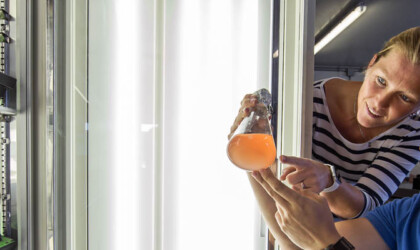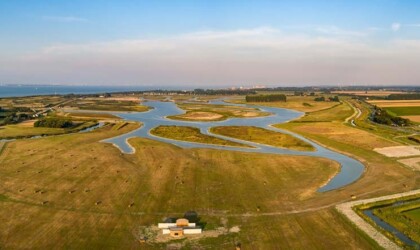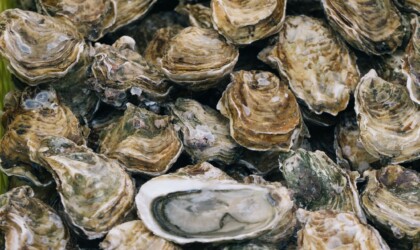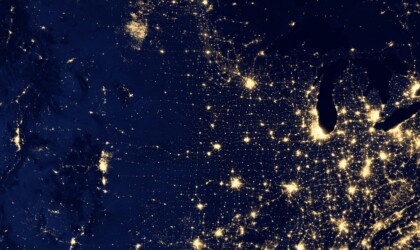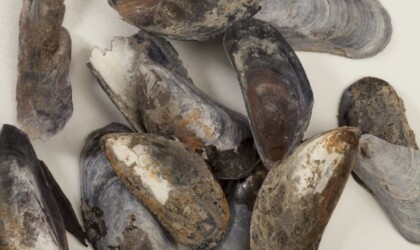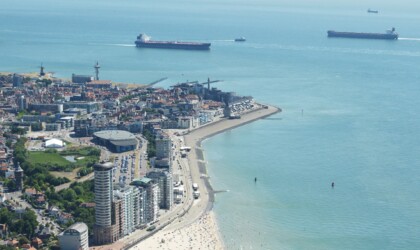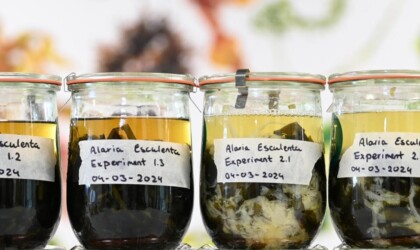The harvesting of sea vegetables, such as samphire and sea aster, on intertidal mudflats and salt marshes outside the dykes has been a tradition in Zeeland for centuries.
However, this practice has led to negative effects on nature in certain areas, such as the disturbance of breeding birds. In recent times, authorities, nature organisations and sea vegetable harvesters have been working together to identify alternative locations where the Zeeland tradition of harvesting sea vegetables can be continued sustainably in the future, with respect for both the natural experience and ecological values.
Commissioned by the Province of Zeeland, a quick scan has been carried out to identify alternative locations within the dykes in Zeeland for the harvesting of sea vegetables—specifically samphire and sea aster (commonly known as sea lavender). Two locations, the inlaag at Bruinisse and the inlaag at Orisant/Kuupjesweg, have been designated for exploring their potential and feasibility for this purpose.
This report outlines the conditions necessary for the growth of the aforementioned saline crops, based on a review of the existing literature. The two designated locations are characterised, and an assessment is made of whether they are suitable for sea vegetable cultivation, based on the growth requirements of these crops, or how they might be made suitable through specific measures and interventions. Potential risks and management strategies are also examined.


